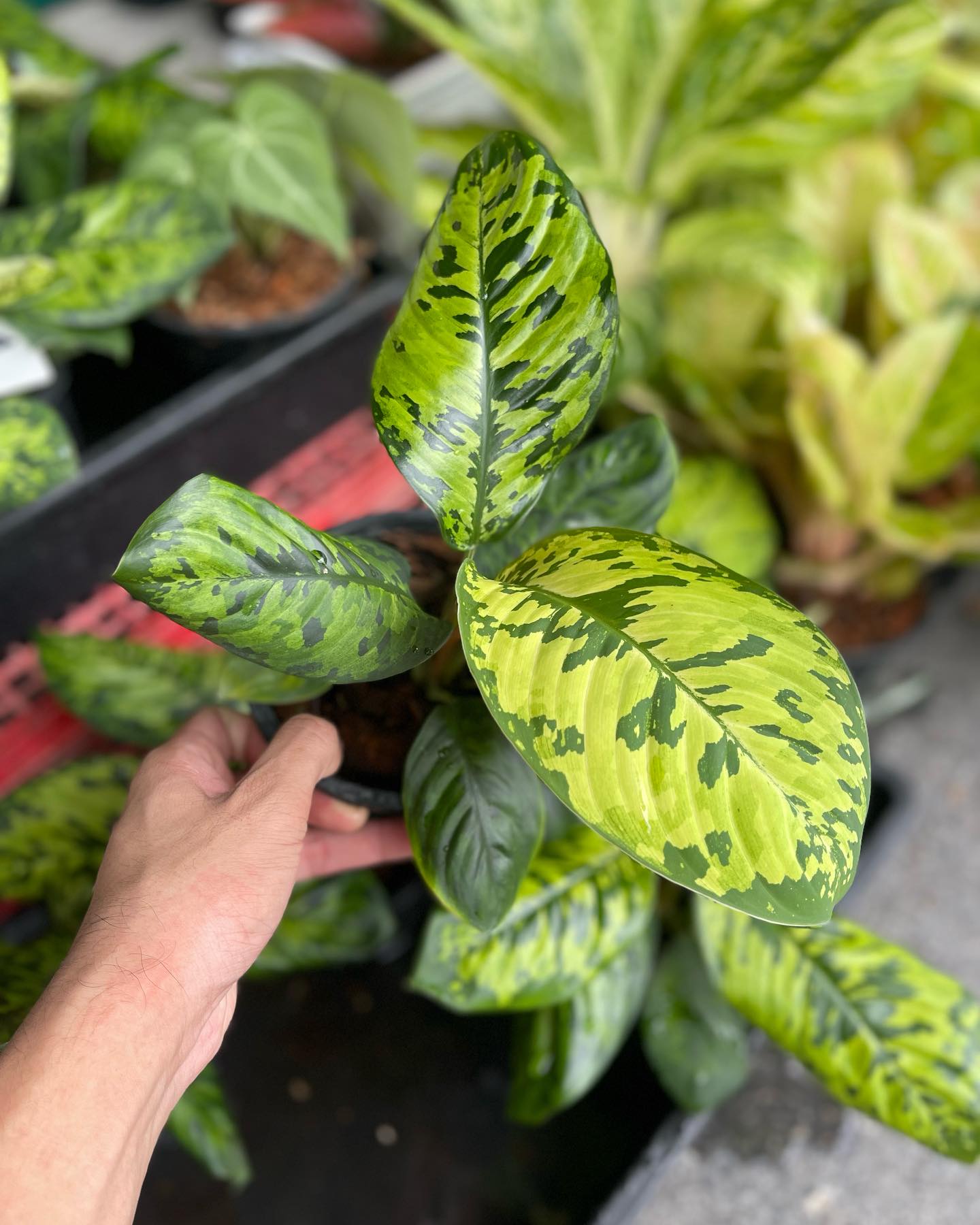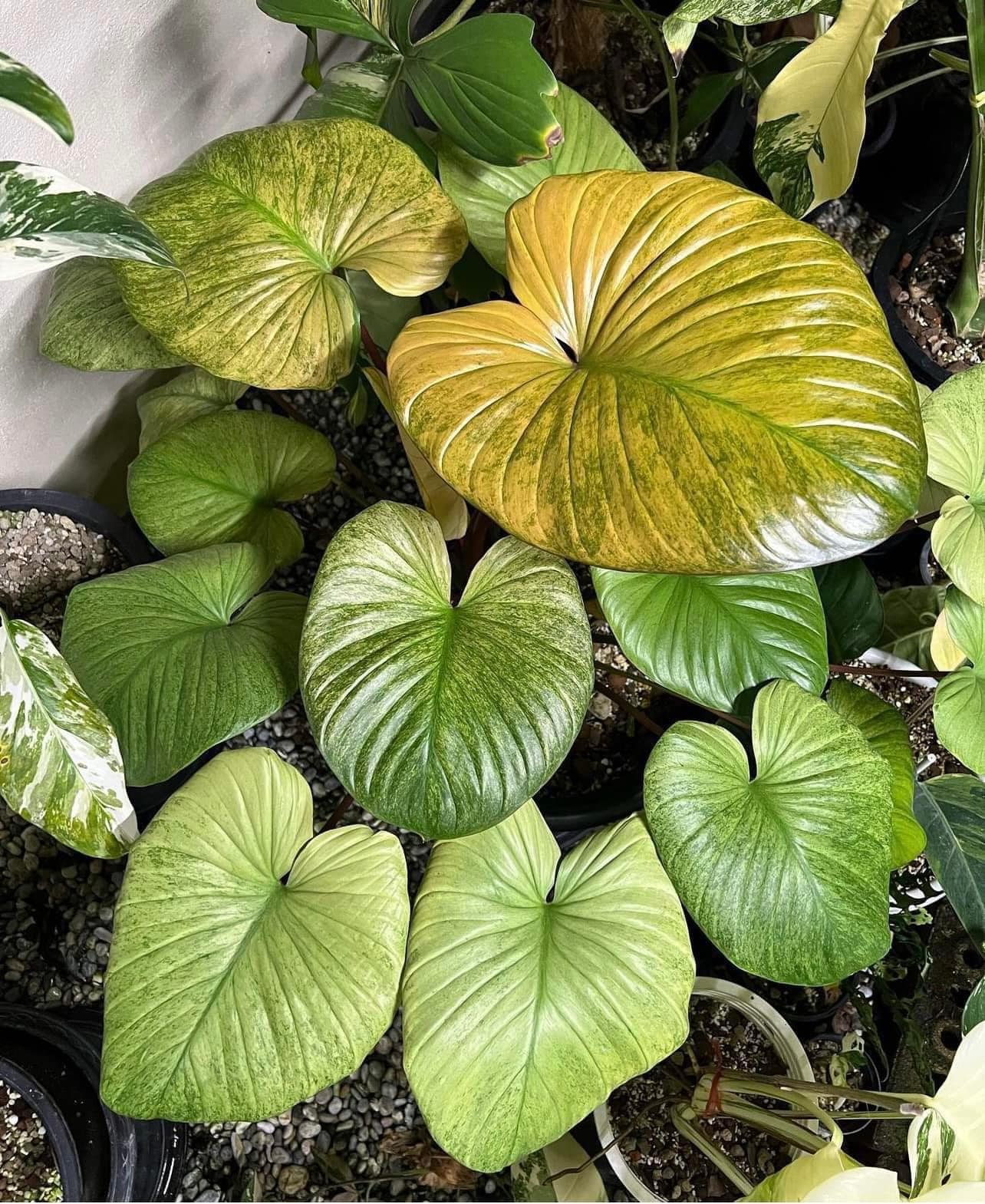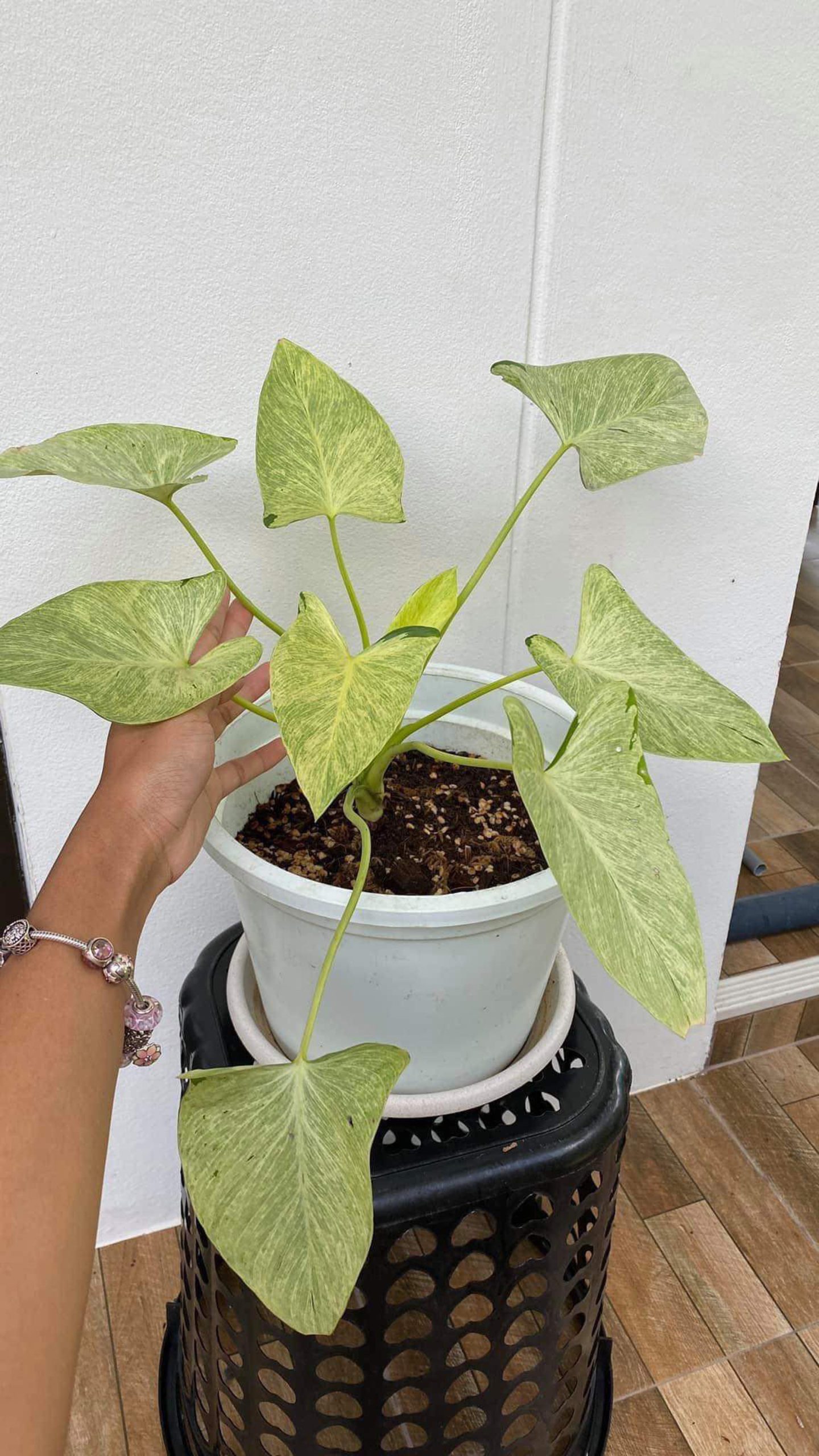The Homalomena are a diverse family of plants found primarily in tropical regions of Asia and the Pacific islands. With over 200 species, these herbs and vines showcase a wide array of leaf patterns and shapes, making them popular ornamental plants. In this article, we’ll explore 5 key things that make the Homalomena family unique.

Ancestry and Relationships
The Homalomena belong to the Araceae family, commonly known as aroids or arum family. This family houses many familiar house and garden plants such as anthuriums, peace lilies, and calla lilies.
Evolutionary History
The Homalomena lineage diverged from other aroids quite early in the evolutionary history of aroids. Molecular evidence suggests the Homalomena genus began differentiating as far back as 60 million years ago. They later spread and diversified together with the fragmentation of the ancient supercontinent Gondwana.
Closest Plant Relatives
Despite being one of the first to branch off the aroid family tree, Homalomena retain many classic aroid traits. Their closest relatives include the genera Culcasia, Filarum, and Piptospatha. Members across all 4 genera share similar inflorescence and spathe structures.

Ecology and Distribution
Homalomena favor warm, high humidity habitats across tropical southeast Asia and various Pacific islands. Most reside in rainforests as terrestrial or epiphytic plants.
Native Regions
Homalomena occur naturally across a region spanning from India and Sri Lanka east to Hawaii, with highest diversity in Borneo, Sumatra, Philippines, and New Guinea. A few species can even tolerate temperate climates as far north as Japan and eastern China.
Epiphytic Adaptations
Over two-thirds of Homalomena grow as epiphytes nestled on tree branches. They form wiry roots to cling to rough bark and hold water and nutrients. Thick or waxy leaves prevent moisture loss. Some species even form narrow joins between leaves to channel rainfall directly down stems.

List of the most sought after Homalomena species in 2023
Leaf Characteristics
Foliage patterns stand as a key feature setting Homalomena apart from other aroid cousins. Leaf size, shape, coloration, and markings widely vary between species.
Leaf Shapes and Sizes
Leaf blades come in a spectrum of forms – thin and lance-shaped, broad and arrow-shaped, or oval. Rare individuals produce gigantic 3 foot long leaves, while minute species have leaves under 3 inches. Most however fall between 6-12 inches long.
Colorful Patterns
Beyond green, Homalomena foliage brings shades of silver, red, brown, and black with intricate stripes, spots, and patches. These serve as camouflage in native forest understories. Patterns and hues depend on light conditions where species evolved. Those in darker settings usually have brighter marks.

Unique Flowers and Berries
While grown for ornamental leaves, some Homalomena also develop intriguing blooms and fruits given the right conditions.
Hidden Blossoms
Flowers hide directly on the forest floor, nestled among leaf litter. The club-like spadix holds small flowers lacking petals. A pale hood-like spathe unfurls to protectively enclose the spadix before opening for pollination. If cross-pollinated, they mature into plump collections of orange or red berries.
Self-Pollinating Capabilities
Some species can self-pollinate rather than relying on external pollinators. These individuals sacrifice seed production and berry development for guaranteed reproduction in isolated habitats. A trailing stem tip simply circles back upon itself to transfer pollen without any outside assistance.
Cultivation Needs
While adaptable to indoor conditions, Homalomena come with specific care requirements to truly thrive. They prefer warm, stable environments similar to native tropical understory niches.
Soil Needs
A peaty, porous soil mix allows both moisture retention and ample aeration around sensitive roots prone to rotting. Amendments like orchid bark, coco coir, perlite, and charcoal help recreate the fluffy, organic-rich soil of rainforest floors.
Water and Humidity Preferences
Consistent moisture is key, from both regular watering and high ambient humidity. Consider grouping with other tropical plants for mutual humidity benefits. Many epiphytic species prefer mounted culture on plaques or cork bark rather than standard potting. Avoid dry, cold settings.
Light Requirements
Most Homalomena thrive in bright, indirect or filtered sunlight akin to gaps between the rainforest canopy. Low light often triggers reduced markings and leggy growth. Yet direct hot sun leads to leaf burn. Find a balanced spot, and alter as needed by observations of new leaf color and shape.
Conclusion
As one of the more ancient aroid lineages, Homalomena showcase just how varied this tropical plant family can appear. From tiny silver-flecked leaves to yard-long foliage splashed in intricate paintbrush patterns, the diversity across genus members is astonishing. Yet most share key preferences for warm, stable environments to truly flourish. With care in recreating tropical understory niches, these Asian woodland jewels can thrive indoors as fascinating feature plants.
FAQ
- What is the Family of Homalomena?
- The family of Homalomena refers to the Araceae family, which includes various species of plants belonging to the Homalomena genus. These are typically tropical or subtropical flowering plants.
- How do I identify a Homalomena plant?
- Homalomena plants are characterized by their large, glossy leaves and unique patterns or variegation on the foliage. They may have different leaf shapes and colors depending on the species.
- Where are Homalomena plants commonly found in the wild?
- Homalomena plants are primarily found in tropical and subtropical regions of Asia, including countries like Malaysia, Indonesia, and the Philippines. They often thrive in rainforests and similar environments.
- Are Homalomena plants suitable for indoor cultivation?
- Yes, many species of Homalomena can be grown as indoor houseplants. They are relatively low-maintenance and can adapt well to indoor conditions with bright, indirect light and consistent moisture.
- Do Homalomena plants have any special care requirements?
- While Homalomena plants are generally easy to care for, they do prefer high humidity levels and well-draining soil. It’s important not to overwater them, as they can be sensitive to waterlogged soil. Pruning dead or yellowing leaves can help maintain their appearance.
See more 5 homalomena Plant species That Should Be in Your Home

